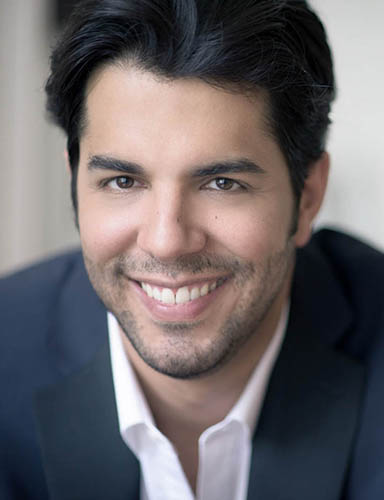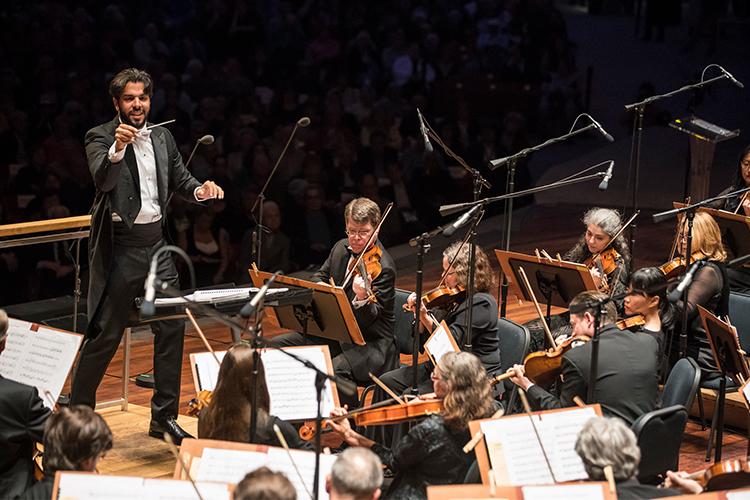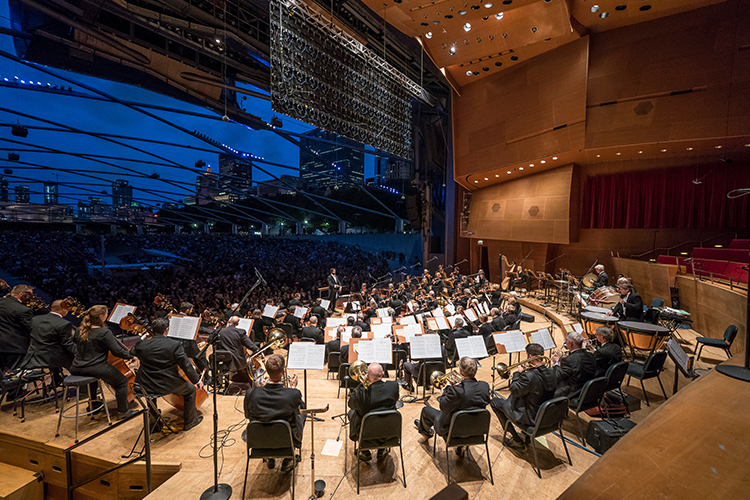March 06, 2019
Conductor Domingo Hindoyan Reveals the Appeal of La bohème
As a child in Venezeula, Domingo Hindoyan had heard recordings of the famous arias from Puccini’s beloved and perennially popular opera, La bohème. He first listened to the complete work when he was 16, and later played an entire run with the Venezuelan Symphony as a substitute violinist. “I was in love with every bar!” he recalls. He was curious about everything happening onstage, and fortunately was seated where he could watch the production. “That curiosity had a lot to do with why I became a conductor.”

Preparing for his Lyric Opera House debut after leading the Stars of Lyric Opera at Millennium Park concert in September, Hindoyan praises La bohème’s “great music, great libretto, and perfect structure. It attaches itself immediately to the musical memory of everyone who hears it. Its melodies stay in your mind, thanks to the simplicity, emotion, and its contrasts. Puccini often repeats the same themes, which serve as reminders of certain ideas – friendship, love, the Bohemian life, fatality. They come in different tempos, in different harmonies and colors and context.”
For instance? When Mimì and Rodolfo first meet, “it’s so special because it totally contrasts what was happening earlier with the four Bohemians. Suddenly it’s pianissimo, with string texture, muted and rich harmonies. This sudden change of ambience touches everyone’s emotions” – onstage and in the orchestra pit, as well as in the audience. “La bohème is full of such moments.”
The conductor’s favorite part of the opera is Act Three, “which is absolutely the turning point. It’s where the big drama starts, and it makes sense of the first two acts,” which come before the intermission. Domingo notes that La bohème’s structure “is like a symphony. The first act is the allegro movement. The second is the scherzo, and it’s tough to coordinate everything, especially at the end with a stage band. The third act is the adagio, where it’s often hard to keep the tension up, to keep the musical phrases flowing, and avoid falling into the trap of sentimentalism. The fourth act is the final movement, with musical recollections of what happened earlier – within a different context.”


Domingo calls La bohème “a perfectly proportioned opera.” He enjoys the challenges of “bringing out the contrasts of the music and the text.” The different personalities of Rodolfo and Marcello are expressed in their respective music when the opera starts, and Mimì “has two different sides to her vocal character,” singing simply about herself and her daily life, “but when she talks about her feelings, her inner world, her vocal lines expand to an incredibly impassioned, full sound,” Domingo notes. “When I’m working with the singers and the orchestra, I’m always very keen on keeping these contrasts present,” he says. “They are essential to give sense to the text and tell the story in the most transparent and touching way for the audience.”
Puccini’s genius as an orchestrator comes through “the richness of the musical colors,” says the conductor, which reveal an Italianate sound and “moments of impressionism as well. Some of his pieces recall Debussy in certain moments.” Domingo praises the way the composer “uses percussion, the way he mixes woodwinds, his massive brass sections, and the delicate strings. The second act is a masterpiece of orchestration, with the sparkling character of the percussion, the children’s chorus, the brilliant trumpets, and how he builds this massive scene.”
Don’t miss Domingo Hindoyan’s Lyric Opera debut conducting La bohème. The sparkling new production and glorious music are sure to captivate your heart.

